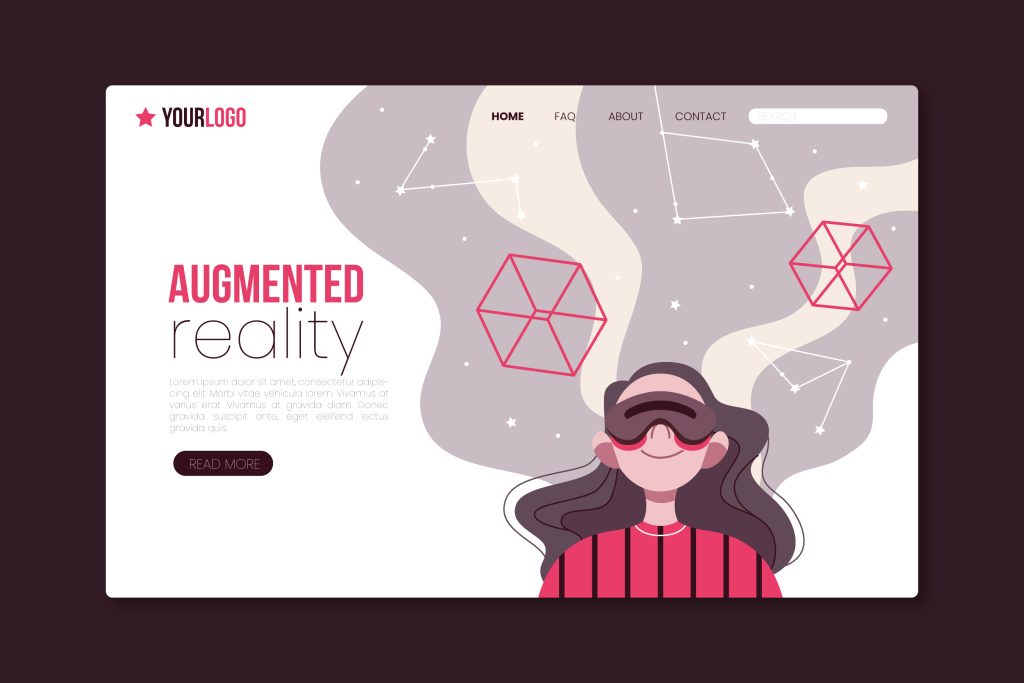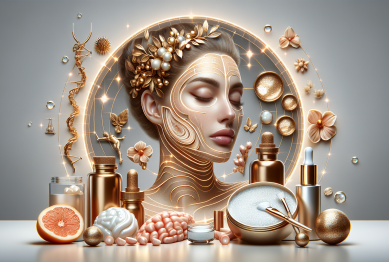Modern life is overloaded with distractions—visual clutter, notification pings, and the constant hum of activity around us. In response, many are gravitating toward environments that offer something increasingly rare: clarity. The concept of clean design and mental flow is no longer just about visual appeal; it’s emerging as a powerful factor in how we focus, feel, and function daily.
Design, in this context, refers not just to how a space looks—but how it works. Whether it’s the layout of your digital workspace or the arrangement of furniture in your living room, clean design is increasingly being linked to improved mental health and enhanced flow states.

Why Mental Flow Matters in 2025
Flow—the psychological state of being fully immersed and energized by what you’re doing—is vital in today’s fragmented attention economy. Coined by psychologist Mihaly Csikszentmihalyi, flow occurs when our skill level matches the challenge, leading to a sense of deep focus and satisfaction. However, achieving flow is harder when our surroundings pull our attention in competing directions.
Recent trends in wellness, productivity, and entertainment are pointing toward a collective need for more intentional environments that support rather than sabotage our attention. Clean design is one of the easiest and most effective tools for fostering that environment.
The Science of Clean Design and Mental Flow
Studies have shown that physical and visual clutter negatively affect our ability to process information. According to research published in The Journal of Neuroscience, multiple stimuli compete for neural representation, which leads to decreased cognitive performance in cluttered settings.
A 2011 study from Princeton University Neuroscience Institute found that individuals in organized environments were more productive and less irritable than those in chaotic settings. Their brains could process information more efficiently and maintain focus longer—key components of achieving mental flow.
Moreover, a recent article in Environmental Psychology journal highlighted how minimalist and clean interior design elements lead to reduced cortisol levels, indicating lower stress.
How Clean Design Enhances Wellbeing
So what does clean design actually do for us in practical terms? The benefits span multiple dimensions of mental and emotional wellbeing:
1. Reduces Decision Fatigue
Every item in your environment requires your brain to interpret, process, and often, ignore. Clean design reduces the volume of decisions you must make—what to look at, where to sit, what to engage with—freeing up mental space for creative or meaningful tasks.
2. Supports Emotional Regulation
Design that incorporates symmetry, calming colors, natural light, and space to move has been shown to lower stress and improve mood. Research from Haworth’s Work Design Lab indicates that people in aesthetically pleasing, organized environments report higher satisfaction and emotional stability.
3. Improves Sleep and Recovery
Your surroundings affect how well you wind down. A clean bedroom free from visual chaos promotes deeper sleep, according to studies from The Sleep Foundation, which suggests that an orderly space reduces nighttime cortisol spikes.
Clean Design and Mental Flow in the Digital World
While we often think of physical spaces when discussing design, digital environments are just as influential—if not more. Cluttered apps, poorly designed interfaces, and jarring color schemes make it harder to achieve mental flow.
Modern UI/UX (User Interface/User Experience) trends are shifting toward minimalism, whitespace, and clarity. Platforms like Notion, Apple Notes, and Calm are popular not just because of what they do, but how they make users feel—unpressured, focused, and in control.
A report from Nielsen Norman Group reinforces this, showing that clean digital design enhances comprehension, encourages engagement, and reduces the rate of user abandonment.
Applying Clean Design Principles in Daily Life
Creating an environment that nurtures mental flow doesn’t require a full-scale renovation. Here are actionable ways to bring clean design principles into your home, workspace, and screen:
Physical Space
-
Declutter ruthlessly: Remove anything you haven’t used in the last month unless it serves aesthetic or emotional value.
-
Limit color palettes: Stick to two or three main tones for calm consistency.
-
Use open space: Don’t feel the need to fill every corner—negative space supports focus.
Work Environment
-
Streamline your desk: Keep only daily essentials on the surface.
-
Add subtle organization: Use trays, containers, or drawers to hide necessary but visually disruptive tools.
-
Introduce biophilic elements: A plant or a wooden finish can ground the space and reduce stress.
Digital Space
-
Simplify your app usage: Use folders and limit your home screen to essential apps.
-
Use clean themes: Opt for distraction-free layouts on browsers and productivity tools.
-
Control notifications: Only allow alerts from high-priority sources.
Entertainment: Why Minimalism is Trending
Even entertainment consumption is leaning toward cleaner design. Platforms like Apple TV and Netflix are favoring minimalist interfaces to retain viewer attention. Similarly, the rise of calming mobile games and slow cinema reflects a craving for clarity over chaos.
This trend is mirrored in fashion and lifestyle aesthetics as well. Capsule wardrobes, neutral palettes, and sleek silhouettes are dominating—not because they’re trendier, but because they reduce cognitive overload and reinforce personal flow.
When Design Turns Harmful
It’s important to distinguish between clean design and sterile design. A space devoid of character, warmth, or function can backfire, leading to emotional disconnect. Clean design should still reflect personality and purpose—it’s not about austerity, but intentionality.
As noted in Designing for the Mind by Victor Yocco, psychologically supportive environments balance clarity with creativity, helping users feel both relaxed and inspired.
Final Thoughts
The growing link between clean design and mental flow is more than aesthetic preference—it’s cognitive science meeting lifestyle design. In a time when attention is splintered and stress levels are high, intentional design choices offer one of the few areas where we can reclaim control.
Whether you’re revamping your home, curating your digital life, or simply rearranging your workspace, clean design is an overlooked but powerful catalyst for mental clarity and wellbeing.
Reference
- McMains, S. A., & Kastner, S. (2011). Interactions of Top-Down and Bottom-Up Mechanisms in Human Visual Cortex. Journal of Neuroscience. https://www.jneurosci.org
- Vohs, K. D., et al. (2013). Physical order produces healthy choices, generosity, and conventionality, whereas disorder produces creativity. Psychological Science. https://journals.sagepub.com
- Nielsen Norman Group. (2023). 10 Heuristics for User Interface Design. https://www.nngroup.com









